Heed The Exercise Hierarchy
I often hear fitness influencers state: “there are no best exercises”. This is nonsense. An exercise hierarchy exists. Exercise value is absolutely subject to a set of logical, objective criteria. This set of criteria will vary by goal. The criteria for the best exercises for hypertrophy are as follows:
(ONE) STABLE
You must feel stable to lift heavy weights. Heavy weights impose high tension on target muscle fibres. Tension is half of the equation with regard to building muscle. Avoid any exercise which feature a weight limiting wobble.
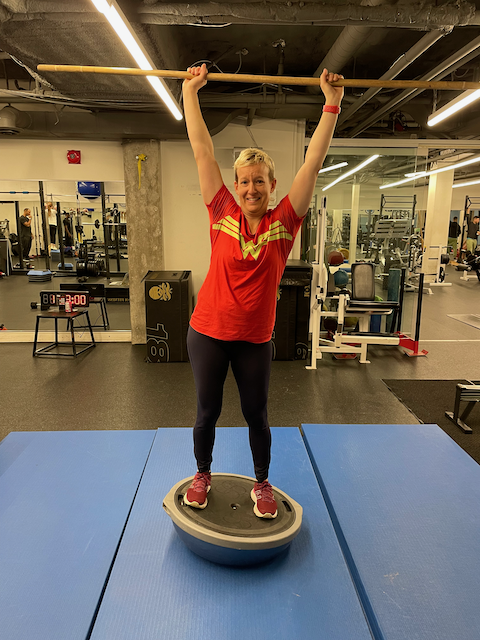
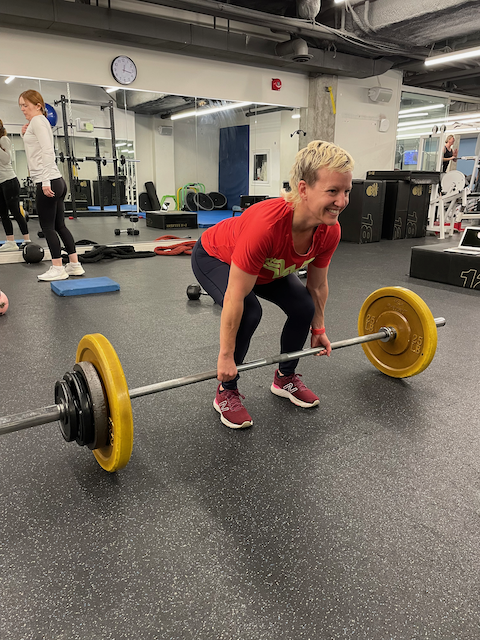
and a low centre of gravity. Jodi
can place 175 pounds of external resistance
on her glutes
(TWO) FITS THE FUNCTION OF THE TARGET MUSCLE FIBRES
The exercise (and the technique) you choose determine which muscle of the body is activated. This is way more nuanced than people think and is responsible for much failure in all fields concerned with muscle (health, performance and bodybuilding). Posture (body position) and intent (movement command) must be congruent with the functional characteristics of the target tissue.
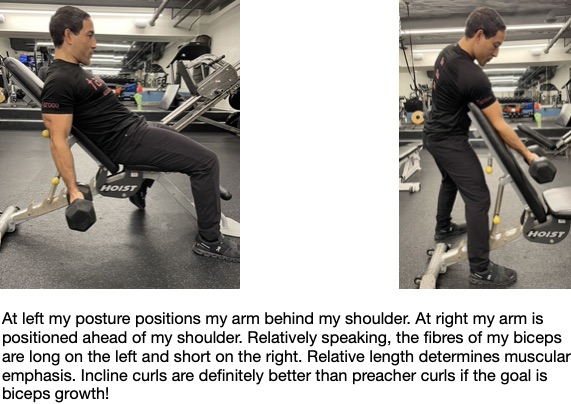
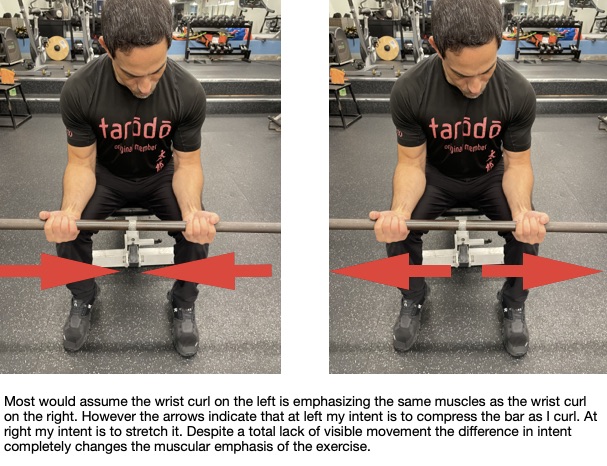
(THREE) EMPHASIZES THE RIGHT ACTION
Muscle action is critical in regards to determining the effects of an exercise. Muscles have multiple ways they can contract and exert force. Fast, slow, statically, concentrically and eccentrically. Too fast and the muscle cannot generate enough tension and/or will rely on its elasticity . Too slow or statically and heat (from friction between filaments) will not accumulate. Emphasis on overcoming the resistance of a load (concentric action) rather than its relinquishment (eccentric action) is a HUGE muscle building mistake. I tell all my clients (those focused on building muscle) to imagine the filaments of their muscle fibres sliding apart prior to contraction.
(FOUR) FEATURES CONCENTRATED SLIDING
Friction occurs as muscle filaments slide past one another. This friction causes heat to accumulate. Sufficient heat spurs inflammation and muscle growth. Too short a range of motion and muscles rely on their elasticity (not allowing any sliding to occur). Too large a range of motion and segments of muscle filament (where heat should be building) do not have sufficient frequency of contact. Trim your rep range in exercises like squats, pectoral flyes and lateral raises but make sure enough movement is occurring to force intramuscular sliding.
(FIVE) EMPHASIZES TENSION WHEN THE MUSCLE FIBRES ARE STRETCHED
Dynamic exercises feature repetitions which occur over a range of motion. Within the range of motion is a point where, because of joint mechanics, tension is greatest. That point of peak tension must occur when the muscle is in a lengthened state. Muscles are more capable of tension (and likely damage) while in a stretched position. For HYPERTROPHY, an exercise’s mechanics must emphasize effort while the muscle is in a stretched position!
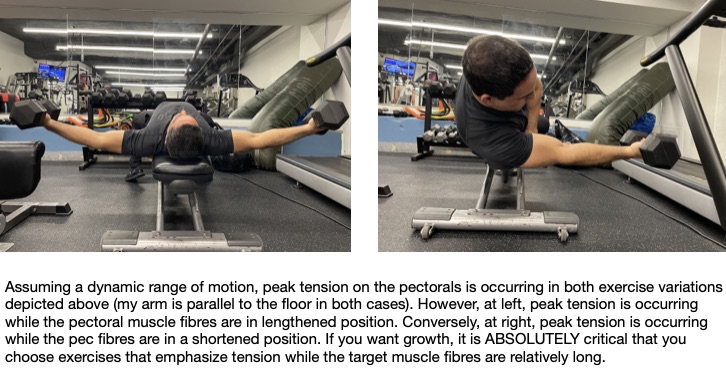
When it comes to muscular growth, reject any exercise that wobbles, bounces, is slow or completely stationary, emphasizes the contracted position, has bands or features a complex machine. Stubborn body parts, poor genetics and advancing age means most of us will struggle with building muscle mass. We will not succeed with second best.
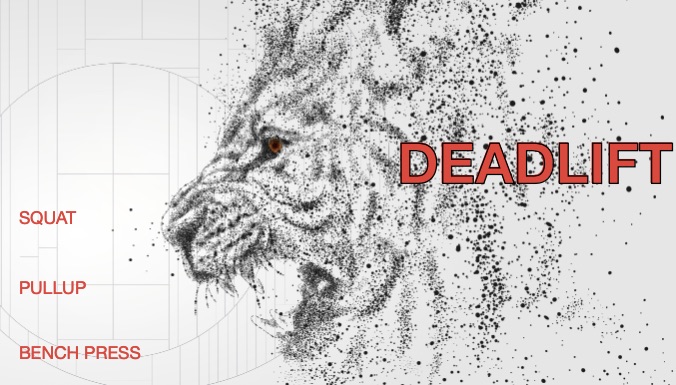
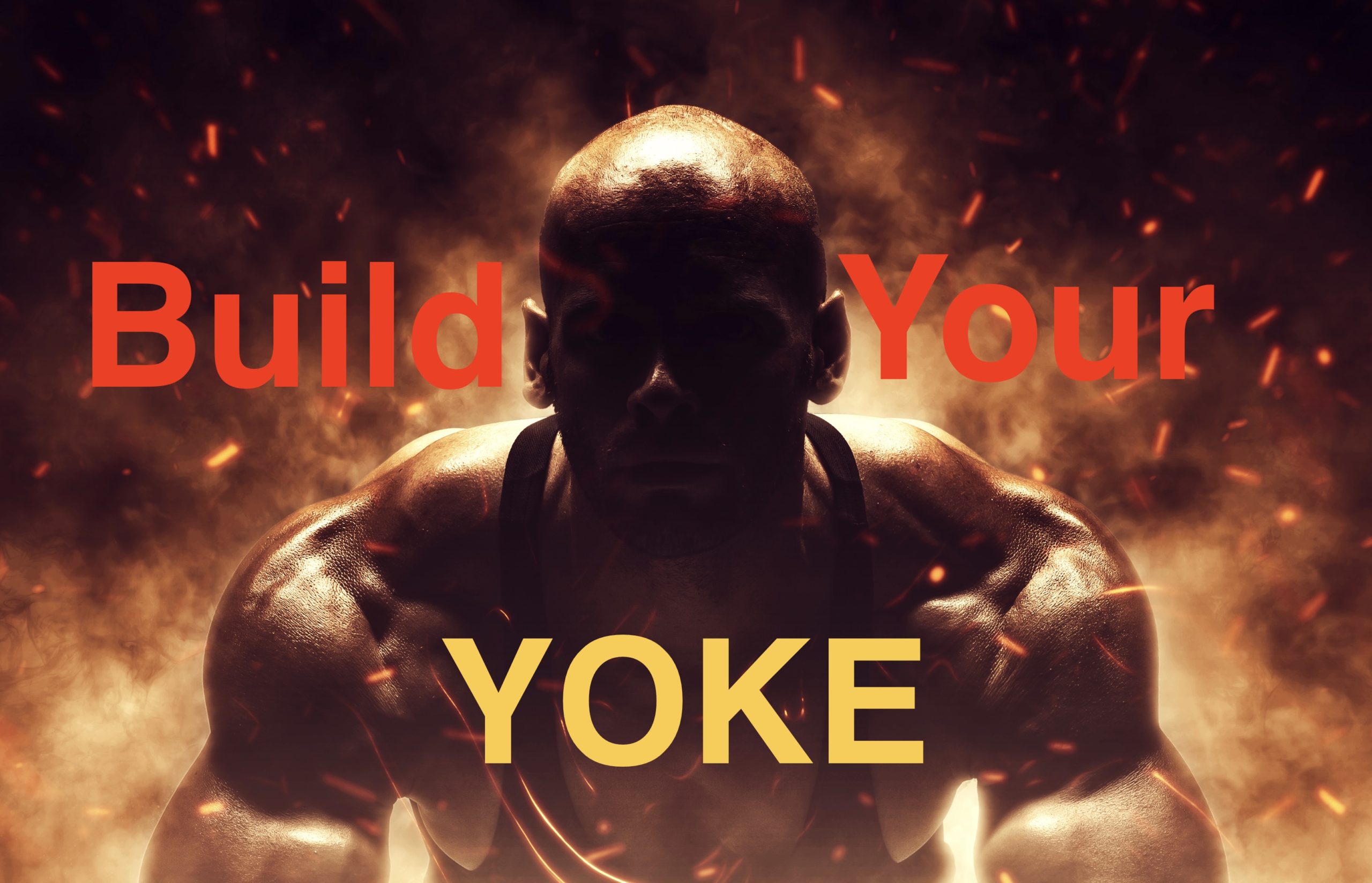
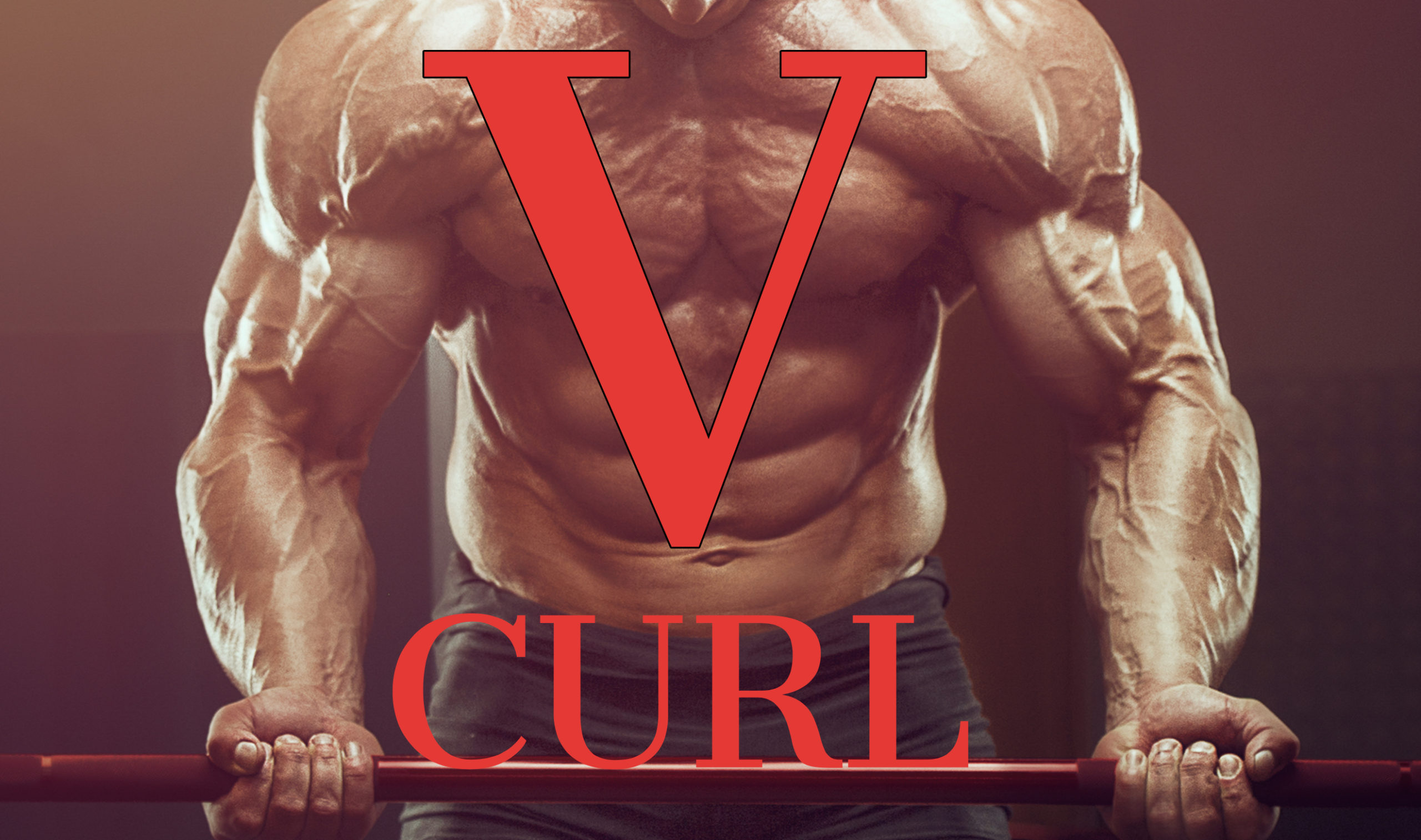
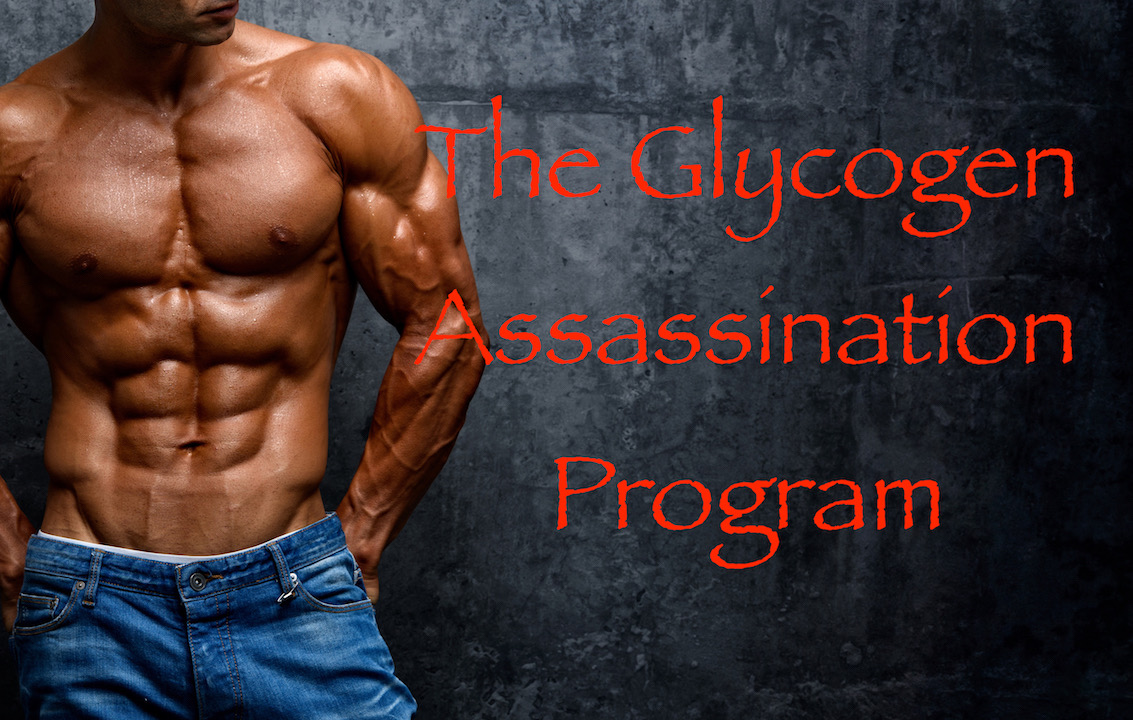

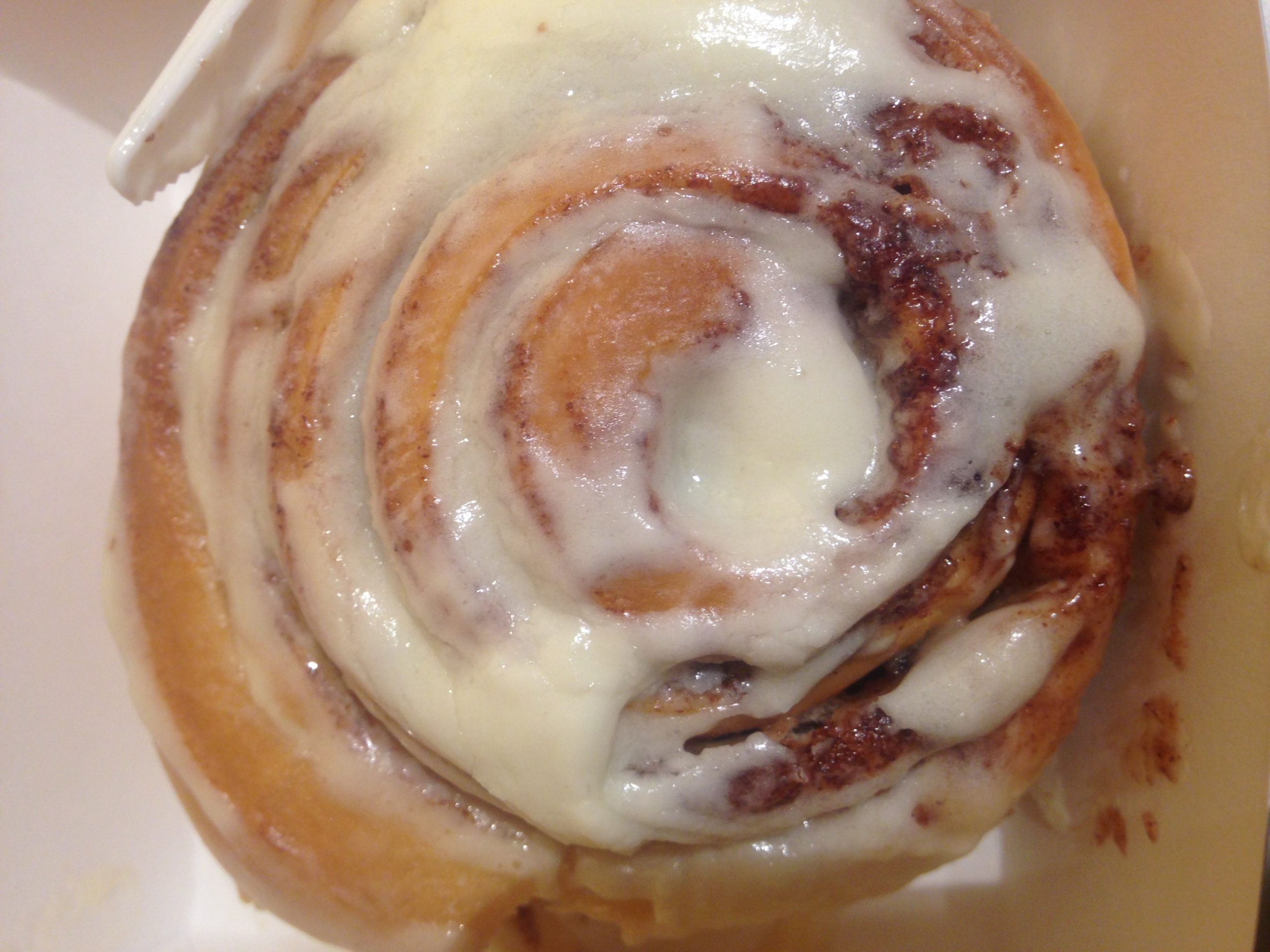
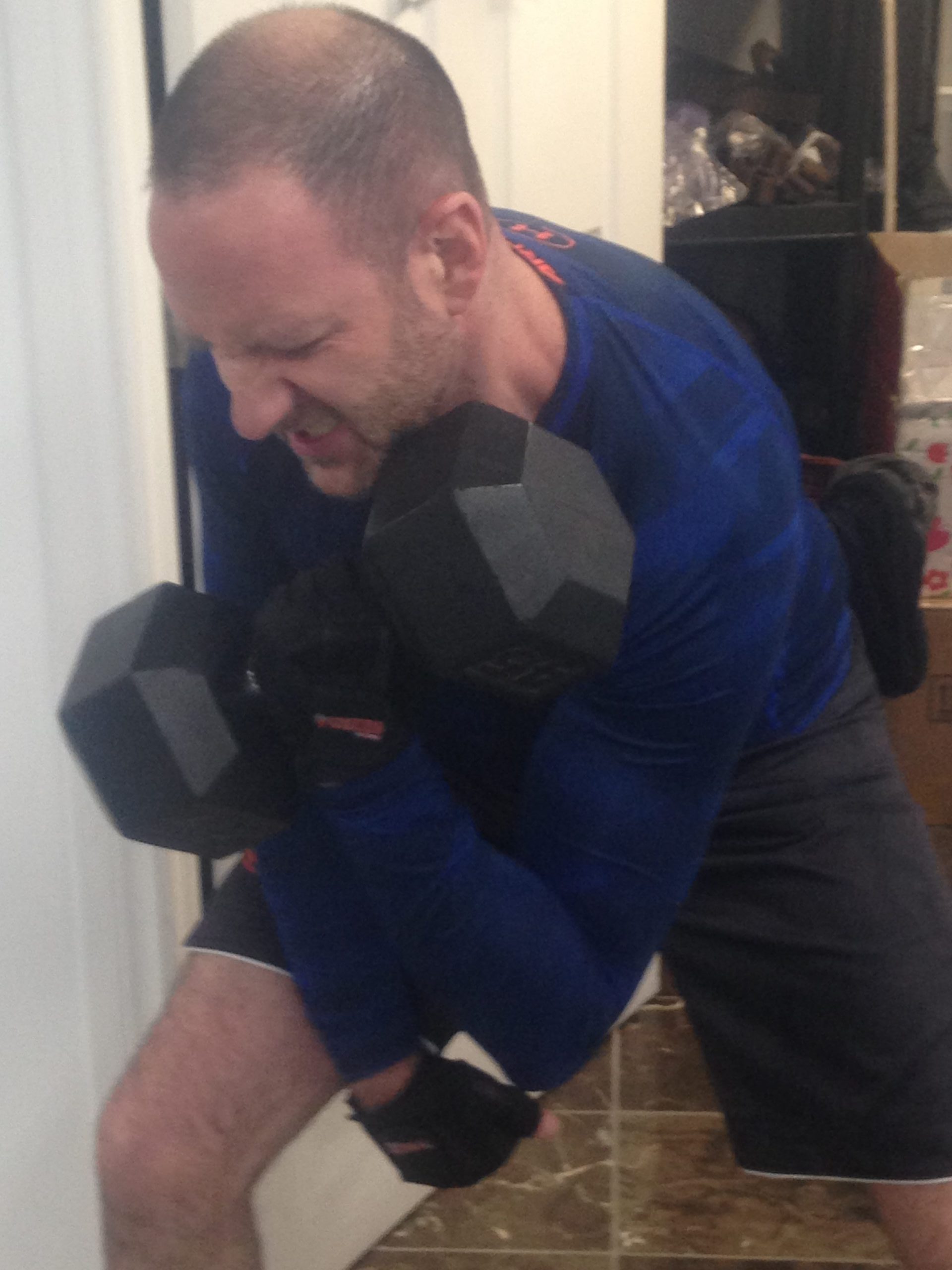
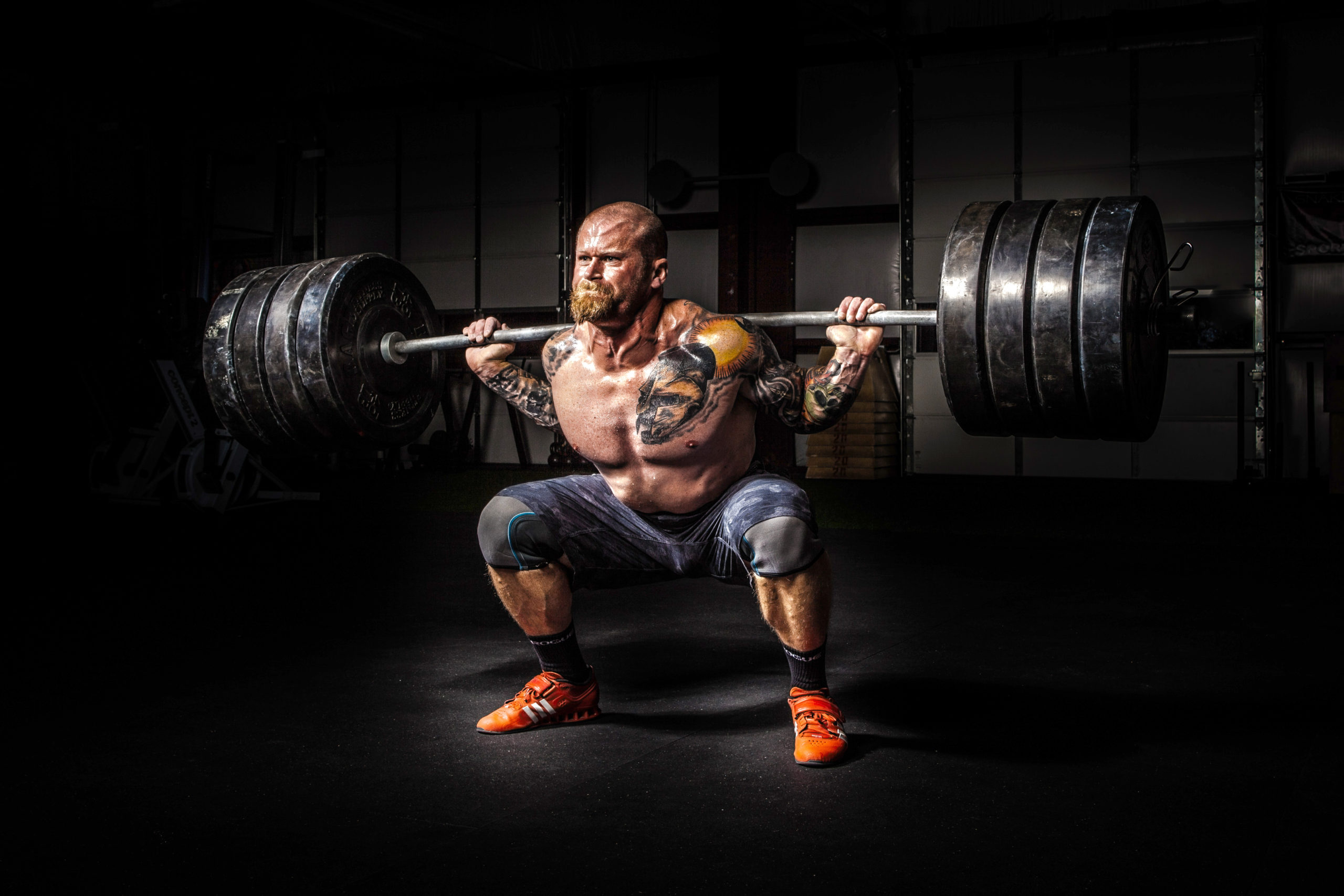
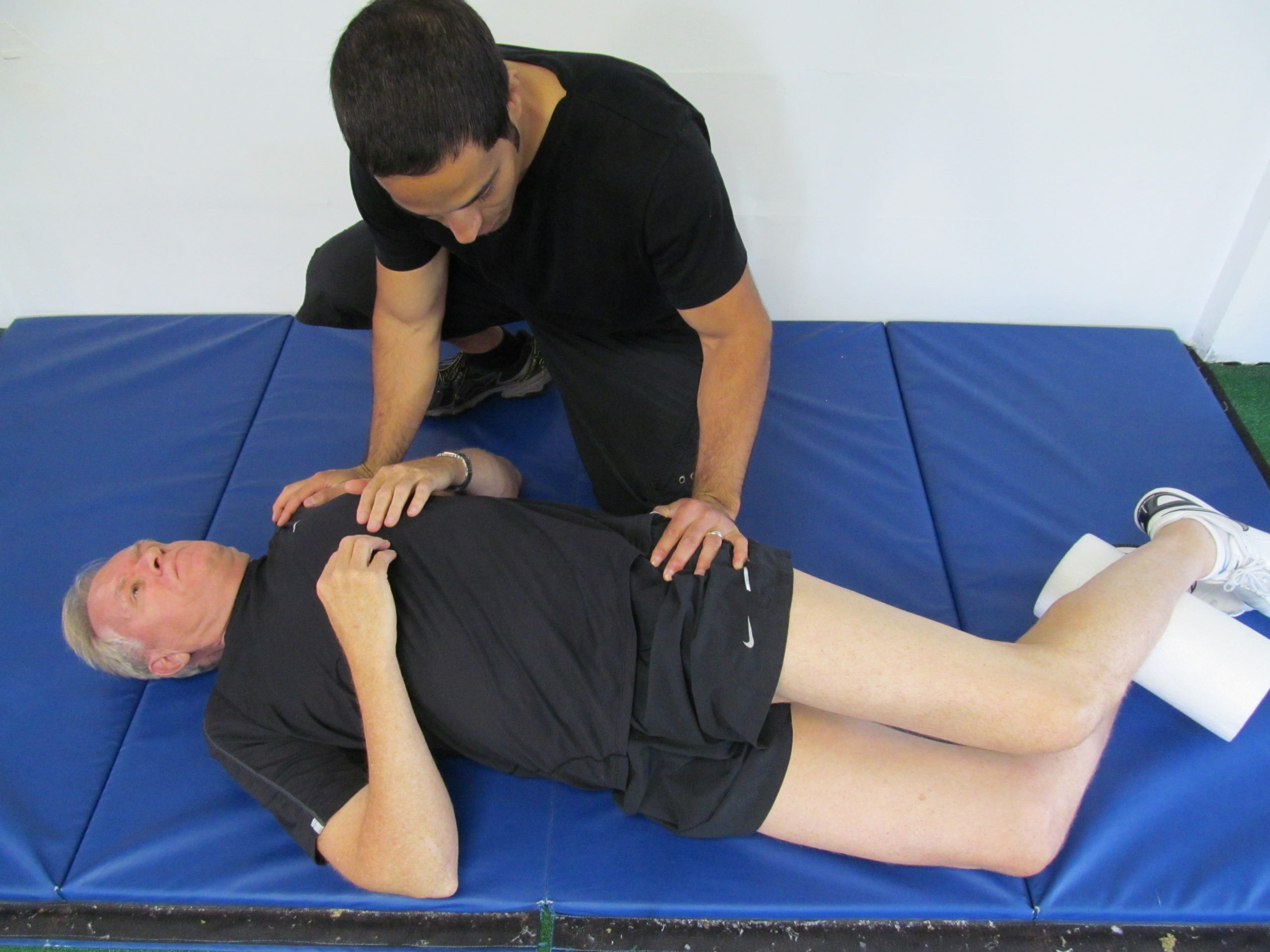
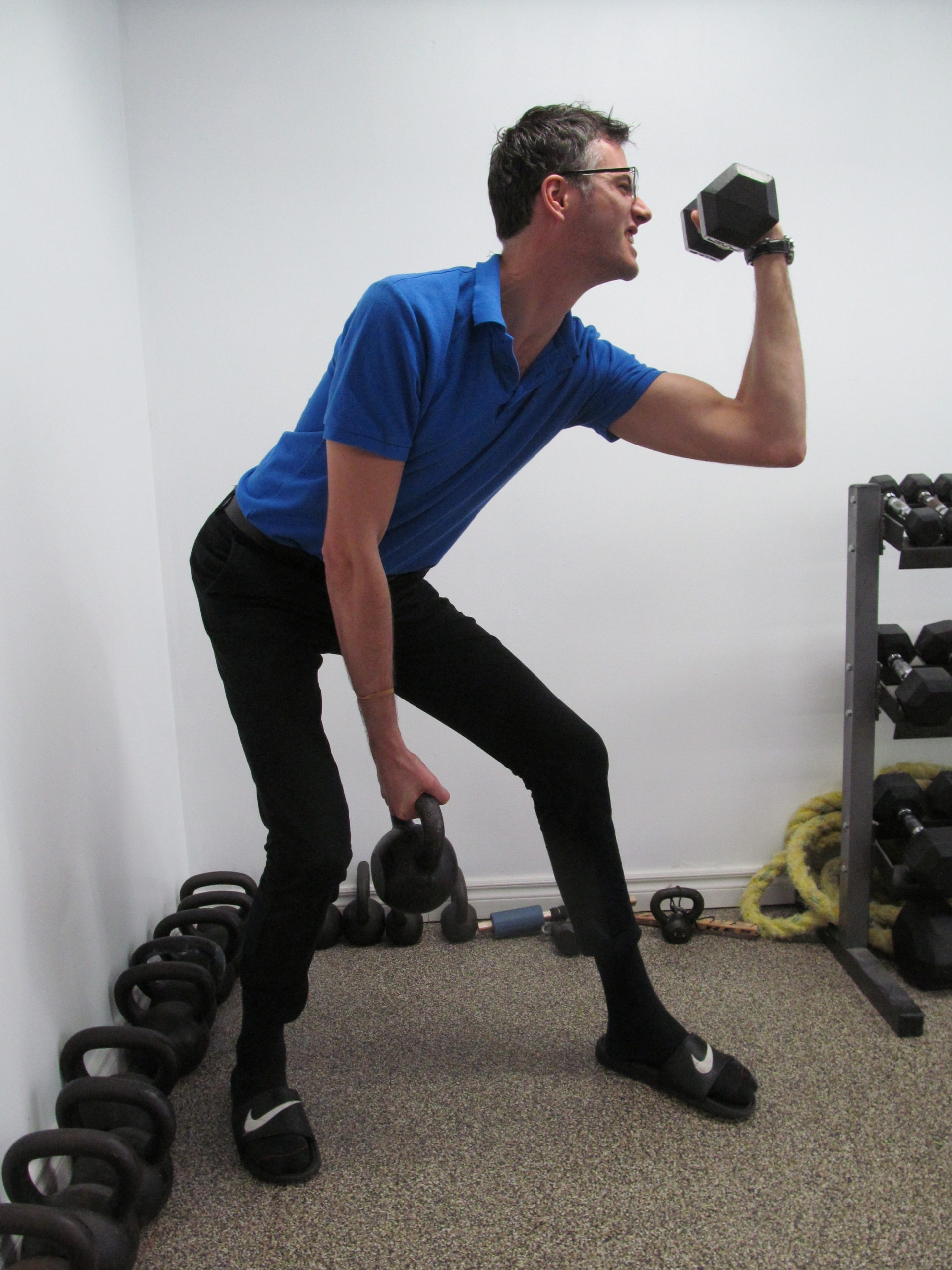
Recent Comments